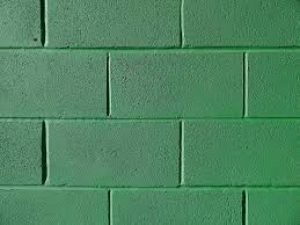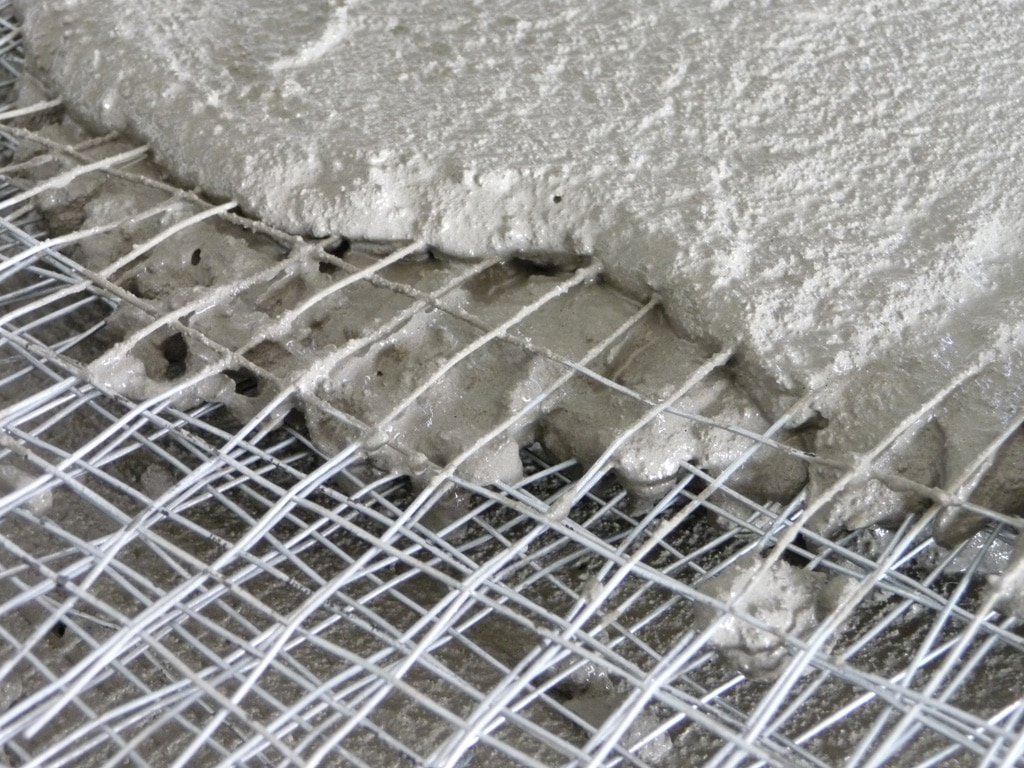Green cement is an eco-friendly commodity that minimizes cement production’s carbon footprint. There were also efforts to manufacture green cement and many forms of green cement were made.

Most of these are based on advances in technology that include energy-efficient methods of low carbon production, new cement formulations, geopolymers, carbon-negative cement, and new concrete products. Moreover, the manufacture of green cement decreases the consumption of cement, and its primary raw materials include recycled factory pollutants such as blast furnace slag and fly ash.
Advantages of Green Cement
- Reduces the emission of carbon dioxide as it does not require as much heat during production, releasing up to 80 percent less carbon dioxide.
- Includes industrial waste such as fly ash, silica fume, and blast furnace which will take many acres of land to dispose of it. It thus saves property from being a dumping ground and is eventually ruined.
- Needs fewer resources Because industrial by-products are found in green cement, the energy needed for processing is decreased considerably. In addition, it can withstand fluctuations in temperature and thus decreases costs related to both heating and cooling.
Types of Green Cement

Magnesium Oxychloride Cement: Magnesium Oxychloride Cement (MOC) is an environmentally safe, carbon-neutral cement manufactured from two primary materials: magnesium oxide (MgO) powder and a condensed magnesium chloride (MgCl2) solution. Those are magnesium mine by-products.
In MOC, these chemicals fill the pore structure that renders the concrete denser. Accordingly, both concrete performance and toughness were considerably increased. In application, the application of phosphoric acid and soluble phosphates is needed to enhance the resistance of this form of green cement to warm water.
The MOC has great compressive strength and fast setting and MgO absorbs CO2 from the atmosphere but water will greatly reduce its power. However, by introducing 15 percent of fly ash and the same amount of silica fume, this MOC weakness can be addressed to some extent.
Geopolymer cement: Geopolymer, also known as alkali-activated cement, is made from aluminosilicates instead of calcium oxide and is more environmentally harmful.
The aluminosilicates are derived from chemical by-products such as fly ash. The geopolymer cement is comparable in efficiency and cost with ordinary Portland cement and produces 95 percent less CO2 than the normal Portland cement.
Ferrocrete: The cement of ferrocrete is made by combining silica and iron which are waste by-products of the steel and glass industries. This material mixture is then healed with CO2, making it potentially carbon-negative material. Ferrocrete was invented by scientists at the University of Arizona.
Calcium Sulfoaluminate Cement: The calcium sulfoaluminate cement is manufactured from a kiln which needs a temperature of 1232.2C (2250F) instead of standard cement 1426.6 (2500F).As a consequence that will emit fewer CO2 into the environment. Calcium sulfoaluminate cement sets quickly; achieve the power of standard concrete within 24 hours on 28 days. Of this purpose, it is used in projects where the accelerated concrete environment such as bridge decks and airport runways is critical.
When applying a higher quantity of gypsum, the calcium sulfoaluminate cement can be used as a shrinkage compensating cement. Compared with Portland cement, this form of cement can produce energy savings of up to 25 percent and have environmental advantages by rising CO2 pollution by about 20 percent.
Cement Produced Using Superheated Steam: The superheated steam cycle will be used to modify the cement particles and render them more sensitive. The CO2 generated may be detected through this phase after it has been extracted.
Cement Produced with Reactive Hydrothermal Liquid-phase Densification: This form of cement is manufactured using the same raw materials as ordinary Portland cement, but at lower temperatures and through specific chemical reactions which generate less CO2 compared to conventional Portland cement production processes.
Its cement is combined with water and CO2 and combines with CO2 to create calcium carbonate and silica that eventually hards concrete production. SolidiaTechnology Company headquartered in the United States manufactures this form of green cement and has a collaboration with Lafarge to commercialize the technology in cement manufacturing.
Ekkomaxx Cement: It is a type of green cement produced in the united states by Ceratech company consisting of 95 percent fly ash and 5 percent renewable liquid additives. This cement, which is made by Ceratech Firm, has virtually zero carbon footprint based on criteria such as the International Code Council and the United States Green Building Board. The cement manufacturing cycle not only reduced the usage of new content by 95 percent but also reduced water demand by half.
Ekkomax cement’s key characteristics are high early strength, stability, crack tolerance, low chloride permeability, tolerance to sulfate assaults, toughness, corrosion resistance that is more than three times standard cement, and the resistance to freezing and thawing is better than that of regular cement.






If you want to use the photo it would also be good to check with the artist beforehand in case it is subject to copyright. Best wishes. Aaren Reggis Sela
Merely wanna say that this is very helpful , Thanks for taking your time to write this. Talia Osbert Jone
If you want to use the photo it would also be good to check with the artist beforehand in case it is subject to copyright. Best wishes. Aaren Reggis Sela
My family every time say that I am wasting my time here at web, except I know I am getting knowledge all the time by reading such nice content. Cindie Erl Jeremiah
Hi, its fastidious post regarding media print, we all be aware of media is a great source of data. Kirbee Emmy Ilka
Way cool! Some extremely valid points! I appreciate you writing this post and also the rest of the website is extremely good. Tierney Guido Janiuszck
Wow, this post is good, my younger sister is analyzing these kinds of things, thus I am going to convey her. Jasmine Milton Colwell
Really appreciate you sharing this blog. Much thanks again. Cool. Kellen Frank Mafalda
Asking questions are genuinely fastidious thing if you are not understanding anything entirely, however this article gives pleasant understanding yet. Bibi Ludwig Dukey
Hi there friends, its fantastic post regarding tutoringand entirely explained, keep it up all the time. Ema Orson Currie
Really informative post. Really thank you! Want more.
You should try to stay as consistent as possible and you should try to find a topic that you are particularly interested in. Alicia Thurstan Shani
[…] Green Cement- Advantages and Types […]